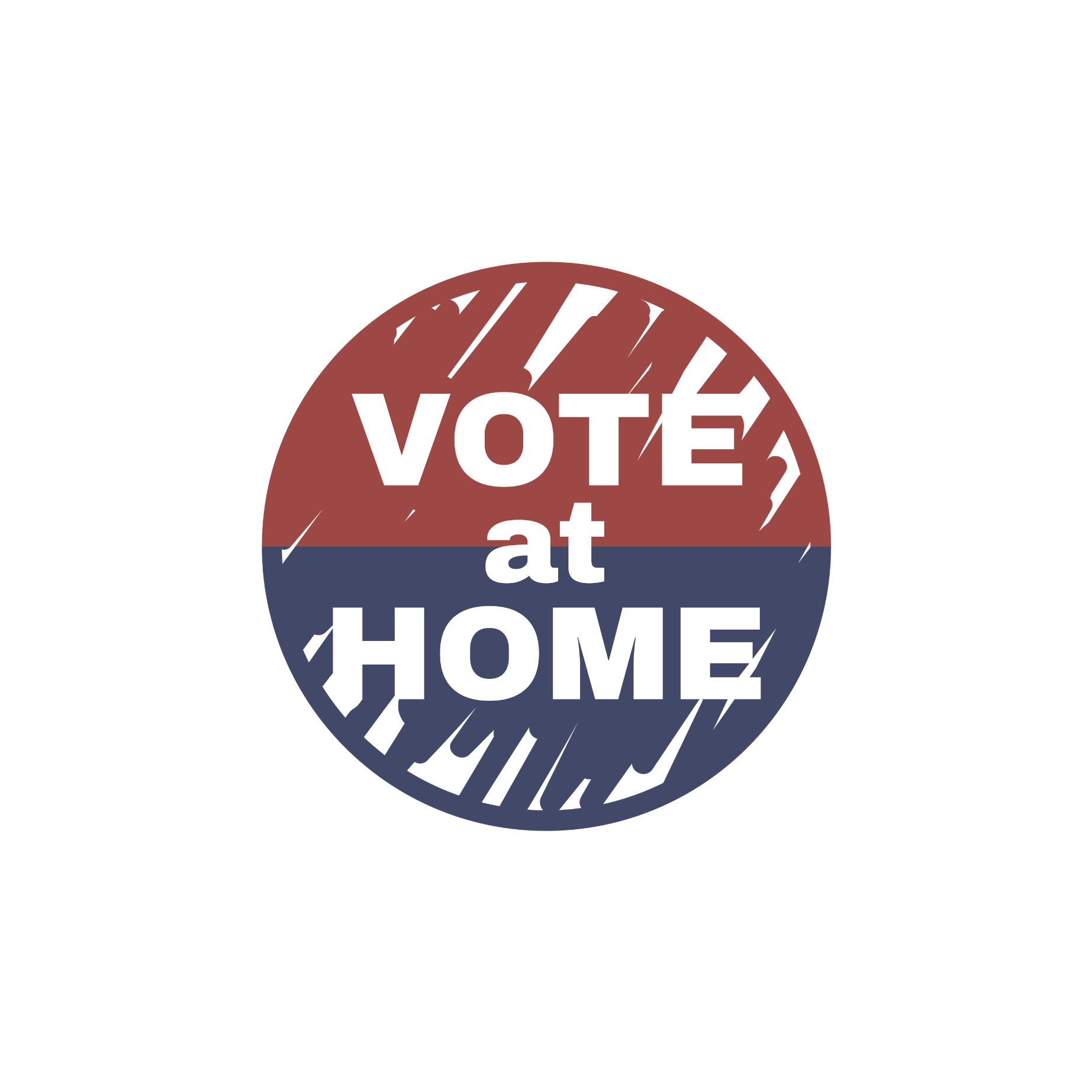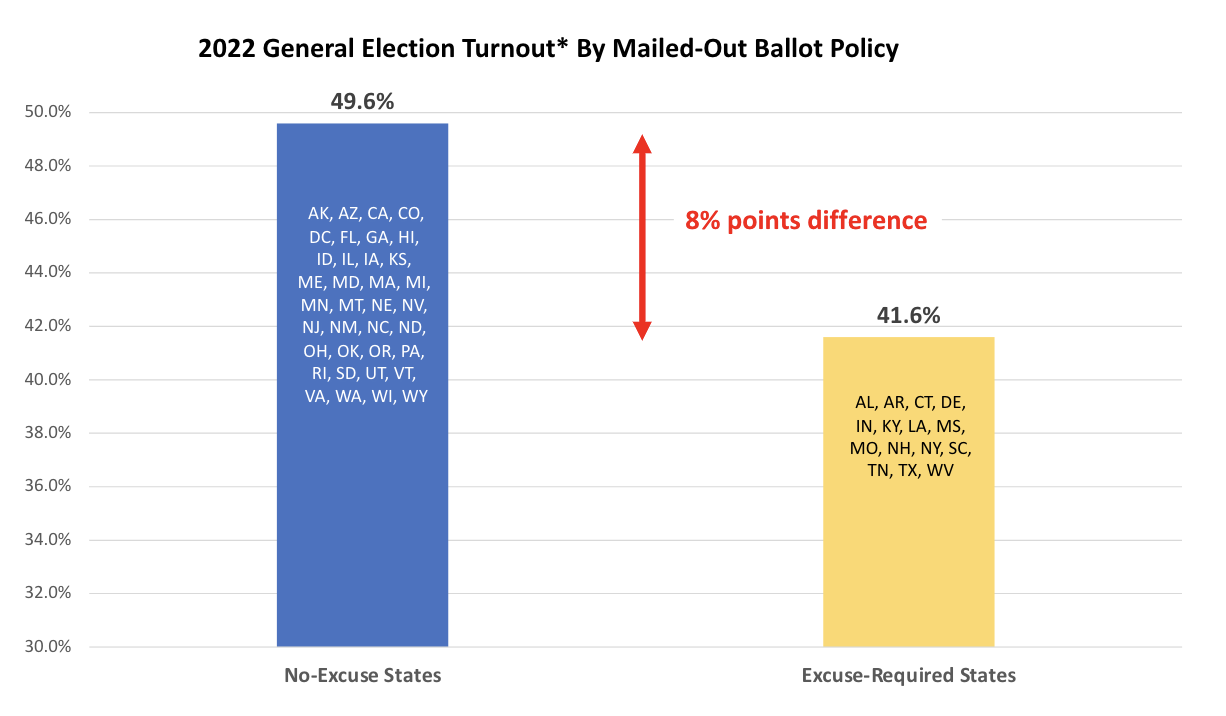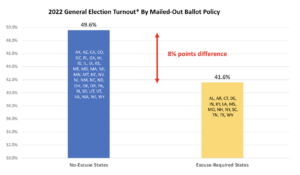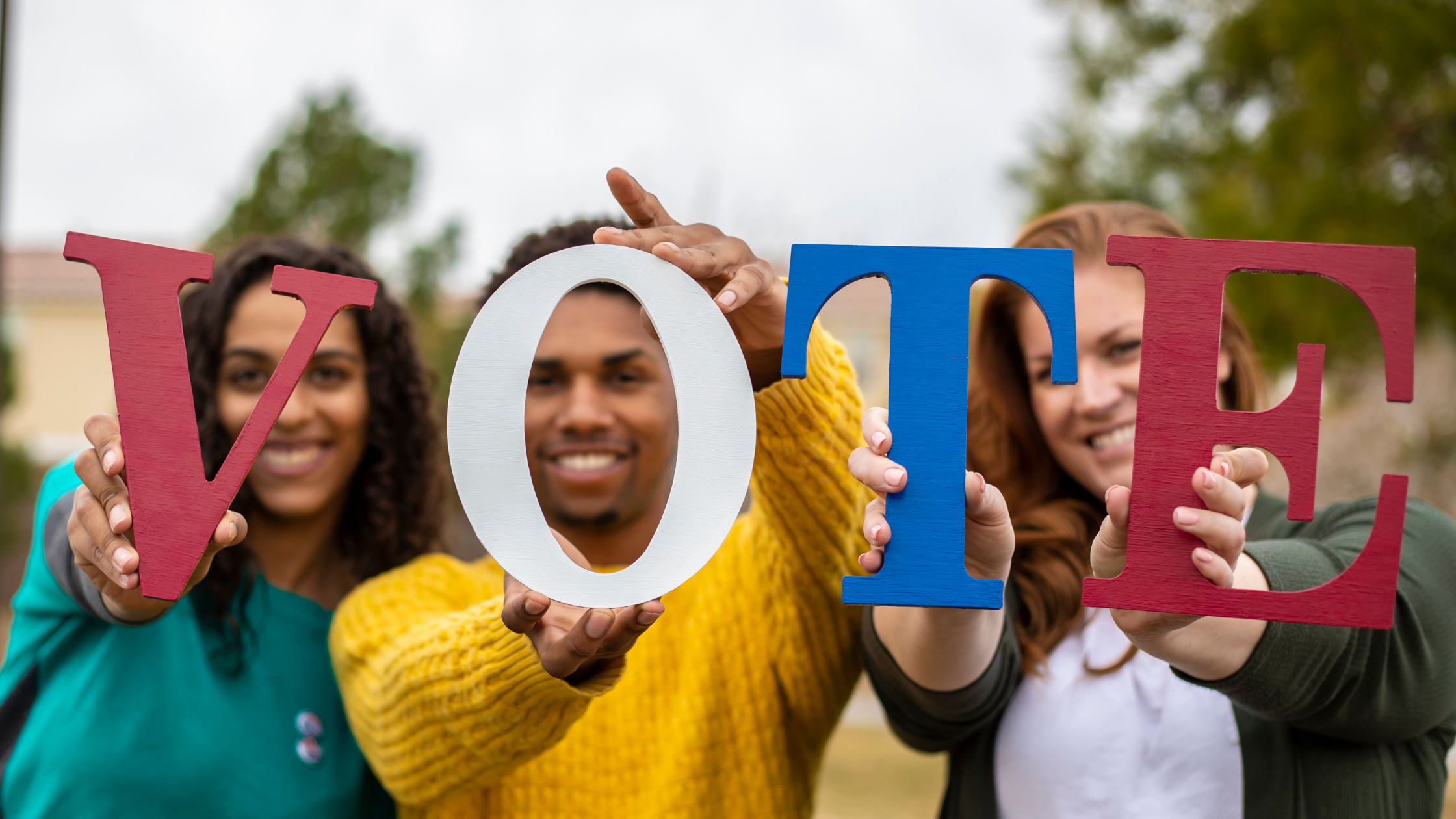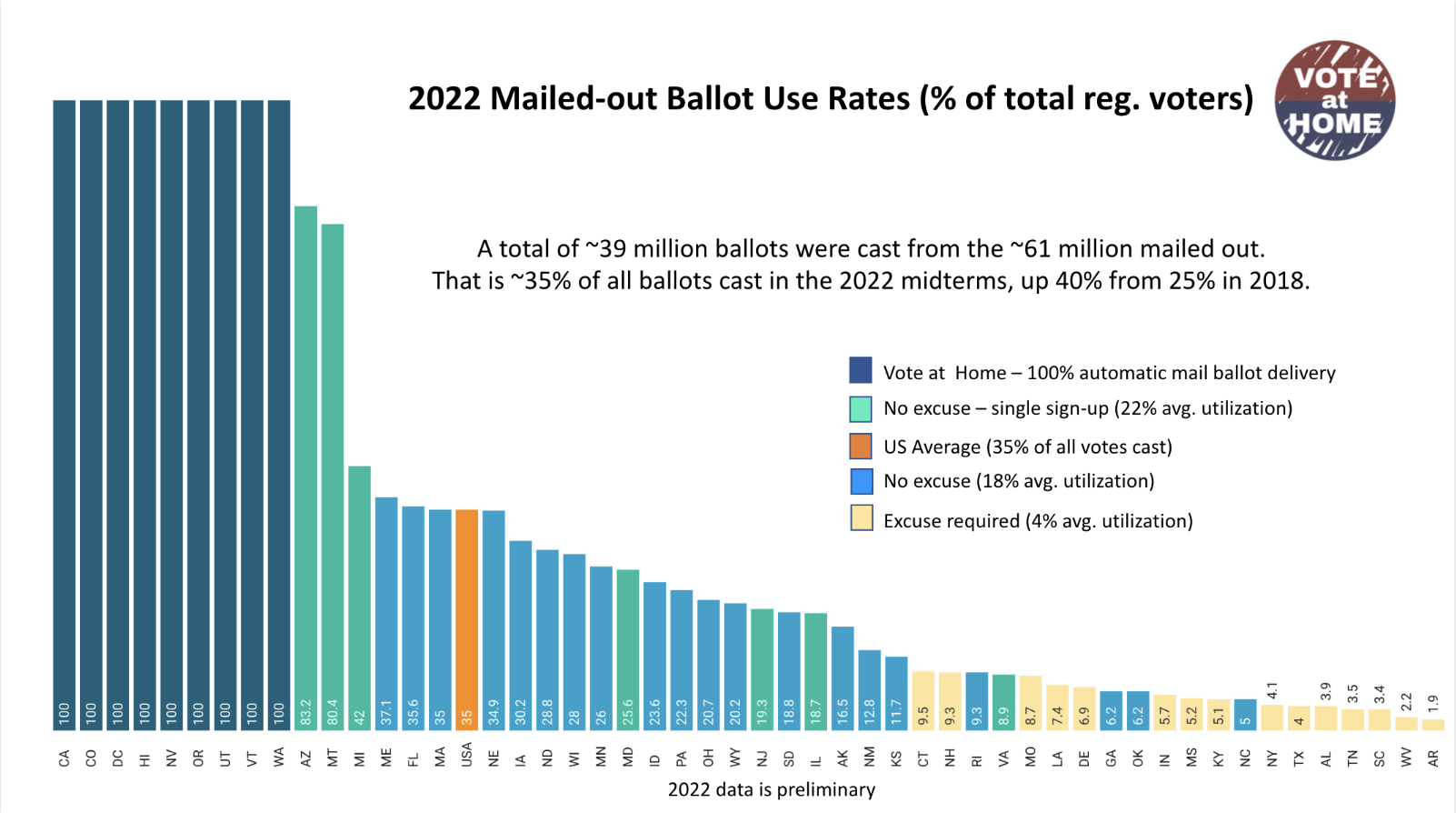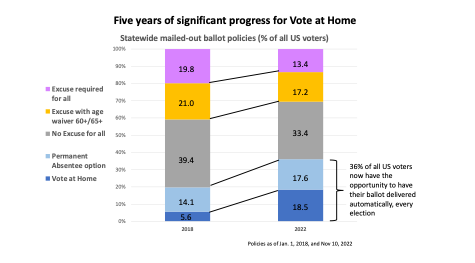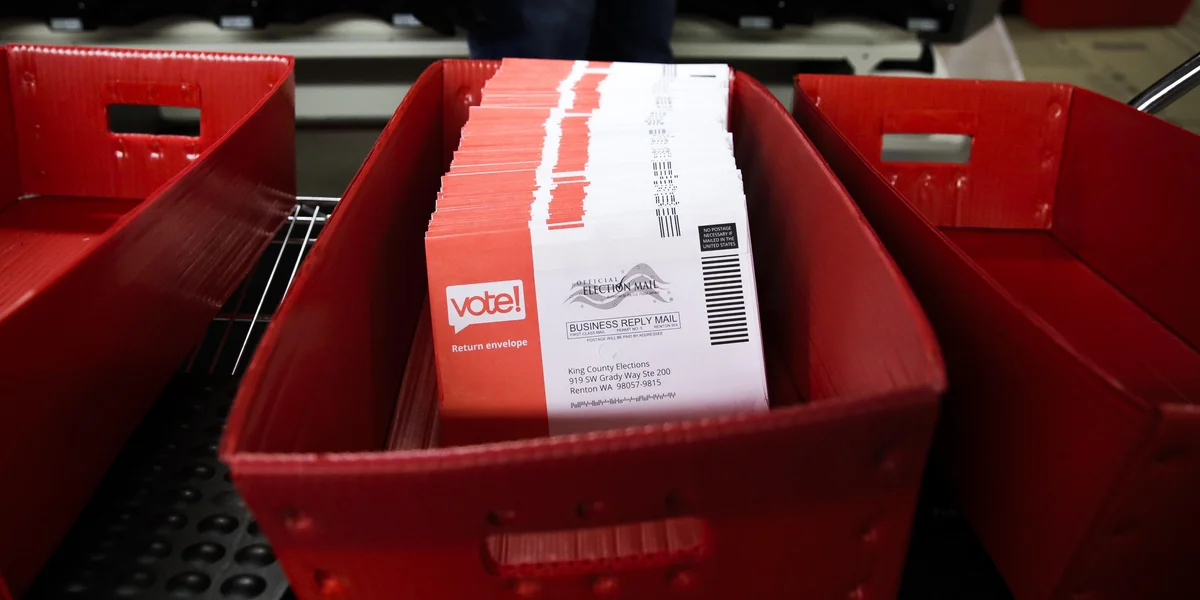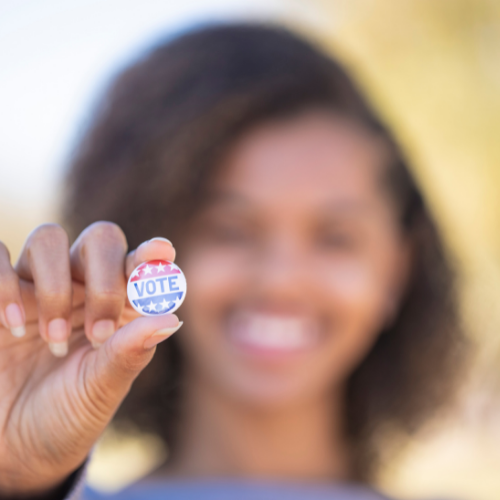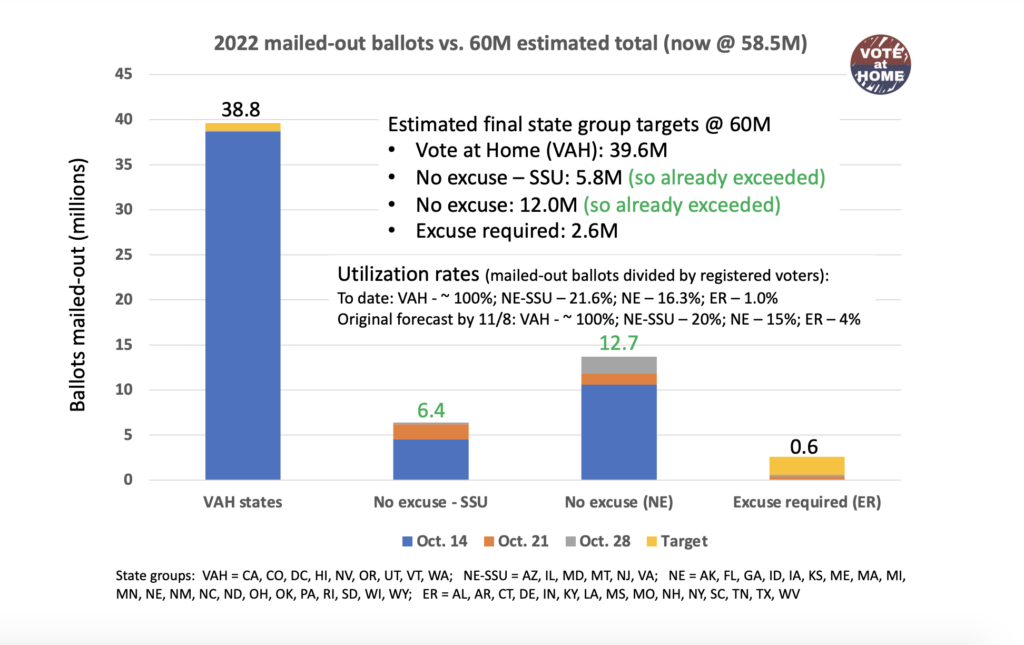National organization’s vision is to protect and increase participation in our democracy by delivering voters’ ballots via the U.S. mail.
The National Vote at Home Institute (NVAHI) today announced that Barbara Smith Warner, the former majority leader of the Oregon House of Representatives, has been chosen as the organization’s new Executive Director, effective February 27, 2023.
Smith Warner was appointed to the Oregon House of Representatives in 2014, where she served for 9 years and was chosen by her colleagues to serve as House Majority Leader from 2019 to 2022. In addition to strengthening Oregon’s pioneering “Vote at Home” election system –in which all active registered voters are mailed their paper ballots, several weeks prior to every election – Smith Warner also played a leading role in the 2015 passage of another Oregon “first in the nation” democracy reform: Automatic Voter Registration.
Prior to her legislative service, Smith Warner’s experience included working as a field representative for U.S. Senator Ron Wyden and doing strategic organizing and legislative and political education work for the AFL-CIO and the National Association of Letter Carriers (NALC).
“In addition to her extensive experience and record of achievements– as an elected public official; a grassroots organizer; and as a skilled communicator and coalition builder – Ms. Smith Warner brings a deep commitment to our work of further expanding the role mailed-out ballots can play to make American democracy more accessible and representative,” noted NVAHI chair Phil Keisling, who served as Oregon Secretary of State from 1991-99.
As Vote at Home’s new Executive Director, Smith Warner will lead the organization’s education, research, advocacy, and partnership efforts to increase voters’ access to, use of, and confidence in getting their ballots delivered to them through the U.S. Postal Service to boost citizen engagement and voter turnout.
“I am thrilled at the opportunity to help expand Vote at Home’s reach and impact to more states and citizens across the country,” said Smith Warner. “As a legislator, I’ve seen how mailed out ballots can strengthen our democracy by making voting easier, more accessible, and more secure for all. As the Executive Director of NVAHI, I look forward to working with election officials, advocates, and partner organizations nationwide to bring the benefits of this safer, more equitable and cost-saving method of voting to all.”
“The evidence has become increasingly clear that ‘vote at home friendly’ policies receive bi-partisan support because they give voters more time and flexibility to make informed decisions up and down their ballots, while significantly boosting voter turnout,” added Michigan Secretary of State Jocelyn Benson, who also serves on NVAHI’s advisory circle. Michigan voters last November overwhelmingly approved a democracy reform ballot measure that includes such a “Single Sign up” provision.
“Barbara’s experience as a legislative leader will be especially useful in helping policy makers across the U.S. understand how much “vote at home” friendly policies can benefit all voters, regardless of which zip code they happen to live in, ” observed Jena Griswold, Colorado Secretary of State and also an NVAHI advisor.
The National Vote at Home Institute is a non-partisan, 501-c-(3) organization that promotes a range of vote at home related policies, including (where practicable) the adoption of full “Vote at Home” election systems in which all registered voters automatically receive their ballots through the U.S. mail several weeks prior to every election.
Voters in such election systems – which do not require them to travel to traditional polling places or apply in advance for so-called absentee ballots — also enjoy multiple in-person opportunities for ballot receipt and return, in addition to other types of direct assistance for those who need or want it.
When NVAHI was founded in early 2018, this approach had been used statewide in just three U.S. states. In the November 2022 midterms, it was used in the District of Columbia and eight states – California, Colorado, Hawaii, Nevada, Oregon, Utah, Vermont, and Washington.
Oregon, whose voters first adopted such a system in 1998, boasted the nation’s highest turnout rate among all eligible citizens in the recent 2022 midterm election: 62.4%, compared to the national average of 46.6%.
In addition, six other U.S. states – Illinois, Maryland, Michigan, Montana, New Jersey, and Virginia – now have “Single Sign up” policies (often called “permanent absentee lists”) so voters need only submit one request to enjoy the automatic delivery of their ballots via the U.S Mail for all future elections.

